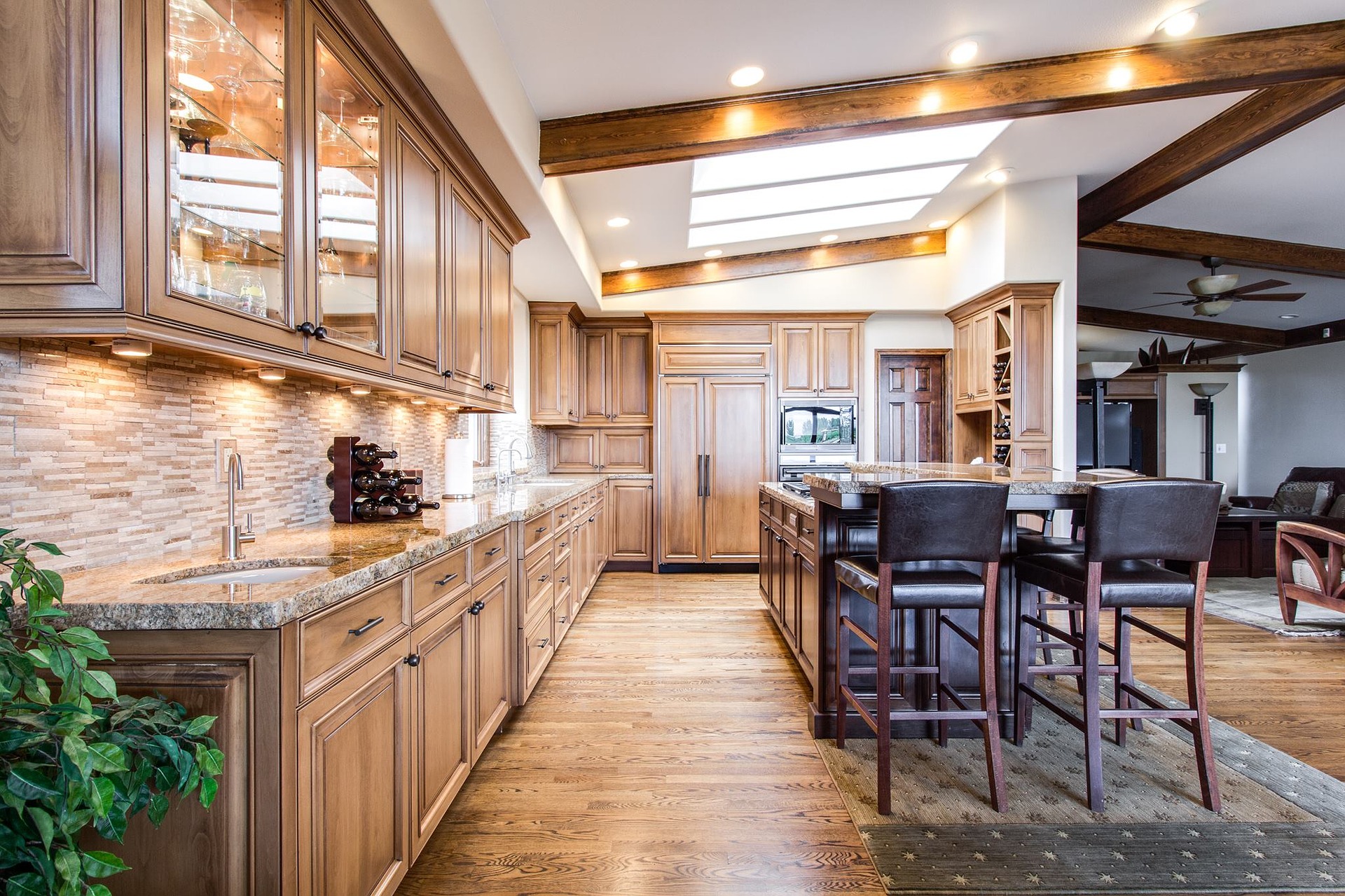First things first, plaster is basically a building material that’s used as a coating to protect and decorate the interior walls and ceilings of any building. The most popular types of plaster include lime, cement, and gypsum. But, in the end, all of them are equally proficient in making the walls of your home look gorgeous. Also, did you know that this technique of plastering dates back to the Renaissance? Yes, that’s how old it is!
Plastering is a wall finish that’s known to bring so much value to your homes and building projects. But, along with that, plastering a wall isn’t as easy as it sounds. It’s a task that takes a lot of skill and patience. But, just like all other difficult jobs, completing a plastering task gives an immense amount of satisfaction. Giving your walls a professional plaster finish is one of the fundamental steps in achieving that stylish, on-point home décor. So, you could either hire a professional, or try your own hand at your home’s interiors plastering. In Auckland, Auckland Premium Painters could be the professional help you need. They have exceptionally trained plasterers and painters, who, along with their top-quality equipment, deliver nothing less than perfect results.
Step-by-step guide to plastering a wall
As we mentioned, there’s a lot to be said for knowing how to plaster a wall perfectly. This is regarding various senses, such as the amount of time, efforts, and the level of satisfaction with the end results. The last thing you need in life is imperfections on your wall which is going to irritate you for years to come. So, make sure that you have all the proper tools, and follow all the steps of plastering in correct order. Is the pressure too much to handle? No worries, call over any of the professional painting contractors in Auckland to help you.
- Prepare: Plastering is generally a messy affair. So you need a lot of preparations before you begin. You must lay down a protective layer of laminated dust-sheet or tarpaulin on the floor prior to plastering. You need to make sure that everything is as clean as possible. Even a small grit or particle might get mixed up and ruin the smooth finish of the plaster.
- Obstacles: There should be absolutely no obstacles in the room that needs to be plastered. The area should be cleared out completely. There should be no curtain rails, sockets or any other mountings on the wall that might pose as an obstacle.
- Gather: Gather all the equipment and essential items that you might need during the procedure. Having all the items near you will increase the efficiency. Also timing is a big thing in the plastering process. So you cannot afford to go and look for an item in the middle of the process.
- Mixing: This is a very important step and has to be done with utter care. Fill 25% of the mixing bucket with water and then bit by bit start adding plaster into it. For getting that smooth consistency like the professionals, use electric drill along with a mixing paddle.
- Wet Tools: Before you start using the hand board and trowel, wet their surface by spraying some water. This will prevent the plaster from getting stuck on their surfaces and will make the process easier.
- Apply: Make the use of the trowel to load about 2 scoops of plaster on the hand board and start applying it on the walls. Start from the corners and move towards the centre. If you are right-handed, then start from the left hand corner. Apply the first coat roughly without worrying about making it smooth.
- Smoothen: Then allow the first coat to set for ten to fifteen minutes. After that, start the smoothening process with the help of the trowel right from the corners. Make sure that the surface is absolutely smooth for applying the second coat.
- Apply again: Make sure you clean your tools before starting off with the second coat. Start applying the second coat in a similar manner, only this time make sure that the coating is much thinner than the previous one.
- Smoothen out: Smoothen out the edges by running a wet brush along the corners. Use a spray bottle to make the wall’s surface wet. Then use long strokes to smoothen out the plaster as much as possible.
These are the few easy steps involved in plastering. Make sure to keep all the details in mind to get the desired finish. And when it seems too cumbersome, you can always turn to professional help for that perfect job!





